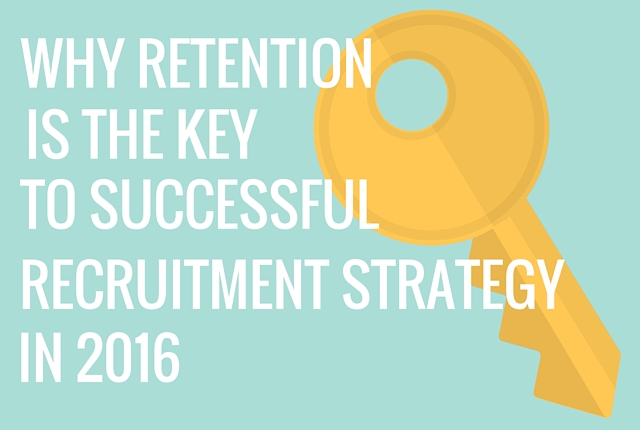Social media is a powerful recruitment tool. In fact, more than 70 percent of hiring professionals are increasing their investment into social recruiting. Social media platforms offer an ideal way to showcase your brand and find quality applicants. Recruiting via social networks can also help increase employee referrals and reduce time to hire.
When it comes to attracting talented military veterans, social media is an especially effective tool. Like their civilian counterparts, many young vets use social networking sites — but older veterans do, too. In fact, four out of 10 veterans who use Facebook are older than 45. Here are 3 steps you should take when you go about recruiting veterans with social media:
Why Hire Veterans?
Veterans possess characteristics that make them outstanding employees for small businesses and Fortune 500 corporations alike. According to a poll of business leaders, 90 percent said the vets they employ have a strong sense of responsibility, understand the meaning of teamwork, and demonstrate a high degree of professionalism. They also agree that veterans often flourish under pressure, assimilate easily to leadership roles, and are adaptable. In addition to benefiting your company by being first-rate workers, veterans help build goodwill with consumers and may make your company eligible for tax incentives.
Follow these steps to leverage social media to attract and hire veterans.
Step 1: Know your audience.
To effectively market your jobs to vets, you need to know what matters to them. Follow veteran-focused hashtags, such as #vets, #MilitaryMonday, and #SOV (Support Our Veterans) and join veteran groups on Facebook and LinkedIn to learn about issues important to veterans. If your company employs veterans or military spouses, ask for their insights.
Quick Tip: Veterans’ families often play a huge role in their transition to civilian employment. In addition to vet-focused discussions, follow the exchanges of military spouses and other family members through hashtags like #MilFam.
Step 2: Build an authentic pro-veteran employer brand.
Like other job hunters, veterans want to know what your business has to offer before they send in their resume. Use what you’ve learned about veterans to develop a vet-friendly employee value proposition (EVP) and communicate it through social media. If your corporate culture encourages teamwork and serving others, make sure your EVP highlights this fact — vets tend to look for these specific organizational values. You might also consider creating a mentor program specifically for veterans and touting this fact via social platforms.
Quick Tip: If you already employ veterans, ask them to help you build relationships with others by endorsing your company on Facebook or recommending it through their personal social media accounts.
Step 3: Write veteran-friendly job descriptions.
Veterans often struggle to align their skills with the requirements outlined in traditional job descriptions. Use language that makes it easy for veterans to correlate their military training and experience to the position requirements. A skills translator tool like Military.com or O*NET Online can help you become familiar with the military occupational specialty (MOS) codes that pertain to your industry.
When drafting your job description, keep in mind that less than one-third of vets 25 and older have a college degree, so consider amending the phrase “bachelor’s degree required” to include “or equivalent military experience.” Make your job listing even more appealing to vets by offering flexible work arrangements when possible.
Quick Tip: When posting jobs on social media, use popular vet hashtags such as #military, #hiring, #militaryhiring, #HireaVet, and #jobs to make them easier for veterans to discover.
Social media recruitment allows you to proactively tap the talent pool of service members and find the best candidates for your workplace. Utilizing these steps and tips will help bring you one step closer to finding the best fit for your company.
—
What other non-traditional methods do you utilize when recruiting veterans?
About the Author: Alice Williams has an MA in Communication Studies from San Francisco State University, where she studied organizational communication and HR extensively. She is a contributor to BusinessBee and likes to go hiking with her husband in her spare time.






